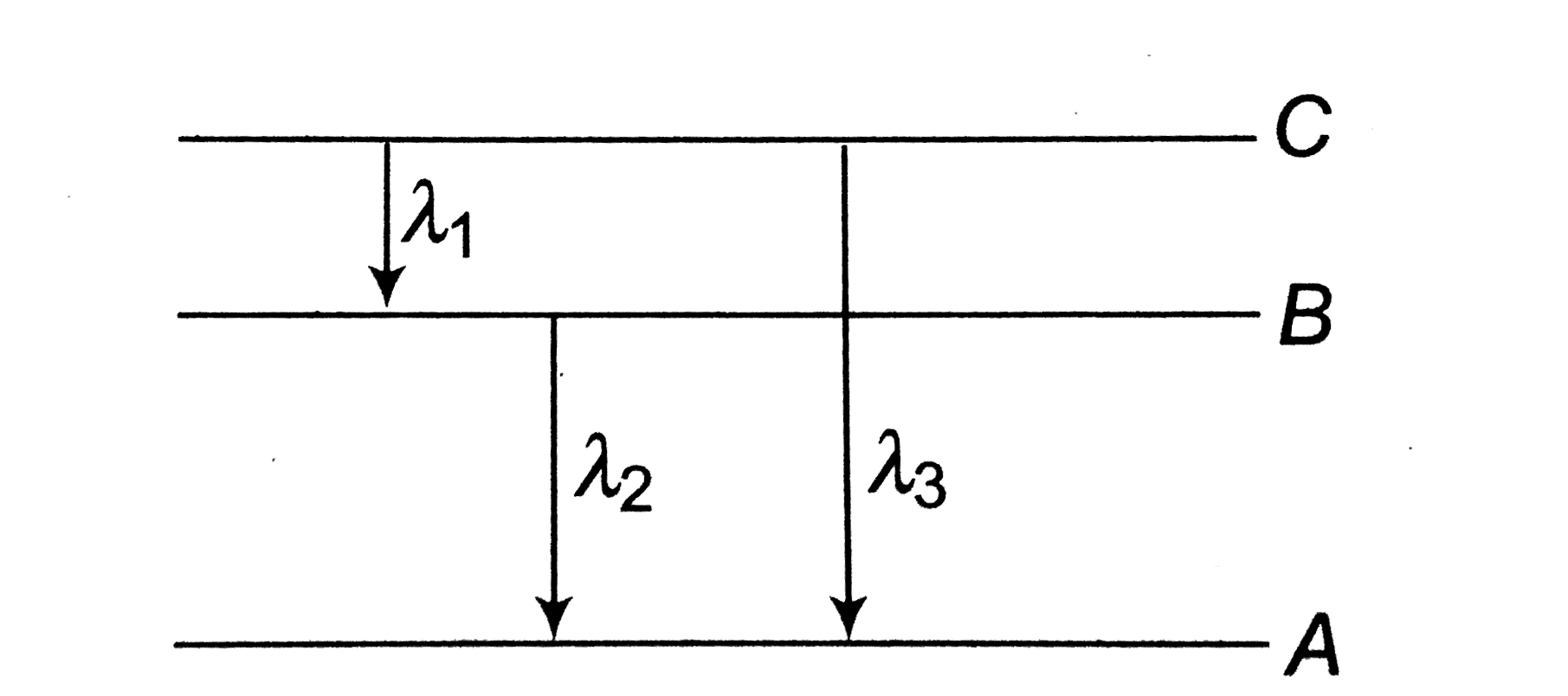Complete Solutions to LEVEL-I (H.W) of chapter ATOMIC PHYSICS of Class 12 book with complete answers and questions
| Class 12 | PHYSICS |
| Chapter | ATOMIC PHYSICS |
| NARAYANA | LEVEL-I (H.W) |
| Number Of Questions | 22 |
| Academic Year | 2023-24 |
A cathode emits `1.8xx10^(17)` electron per second and all the electrons reach the anode when it Is given a positive potential of `400V`. Given `e=1.6xx10^(-19)`C, the maximum anode current is .
01:48View SolutionAn electron of mass `9xx10^(-31)` Kg movie with a speed pf `10^(7)m//s` . It acquires a `K.E` of (in eV)
02:10View SolutionTwo electrons Beams having velocities in the ratio`1:2` are subjected to the same transverse magnetic field . The ratio of the deflections is
03:48View SolutionThe Velocity of electrons accelerated bt potential difference of `1xx10^(4)`V (the charge of the electron is `1.6xx10^(-19)`C and mass is `9.11xx10^(-31)` kg) is
01:51View SolutionCathode ray tube is operating at`5KV.` . Then the `K.E.` acquire by the electrons is
01:13View SolutionA steam of similar negatively charged particles enters an electrical field normal to the elctric lines of force with a velocity of `3xx10^(7)m//s` . The electric intensity is `100m` , the electrons beam is deflected by `2mm` . Then the specific charge value of in`C` `kg ^(-1)` is
View SolutionAn oil drop having a mass `4.8xx10^(-10)`g. and charge `2.4xx10^(-18)`C stand still between two charged horizontal plates seperated by a distance of `1cm`. If now the polarity of the plates is changed the instantaneous acceleration of the drop is `("in" ms^(2)),(g=10ms^(-2))`
03:02View SolutionIn Millikan oil drop experiment, a charged drop of mass `1.8 xx 10^(-14) kg` is stationary between its plates. The distance between its plates is `0.90 cm` and potential difference is `2.0` kilo volts. The number of electrons on the drop is
01:57View SolutionAn alpha-particle accelerated through `V` volt is fired towards a nucleus . Its distance of closest approach is . `r` If a protons is accelerated through the same potential and fired towards the same nucleus , the distance of closest approach of proton will be .
03:36View SolutionIn Rutherford scattering experiment, what will b ethe correct angle for `alpha` scattering for an impact parameter `b = 0` ?
01:16View SolutionThe impact parameter at which the scattering angle is `90^(0) , z=79` and initial energy `10MeV` is
03:16View SolutionIf a hydrogen atom emit a photon of energy `12.1 eV` , its orbital angular momentum changes by `Delta L. then`Delta L` equals
03:20View SolutionIn an excited state of hydrogen like atom an electron has total energy of `-3.4 eV`. If the kinetic energy of the electron is E and its de-Broglie wavelength is `lambda`, then
01:43View SolutionWhat is the ionisation potential of hydrogen atom?
01:13View SolutionThe energy of electron in an excited hydrogen atom is `-3.4eV`. Its angular momentum according to bohr's theory will be
01:32View SolutionThe velocity of an electron in the second orbit of sodium atom (atomic number `= 11`) is `v`. The veocity of an electron in its fifth orboit wil be
01:48View SolutionIn any Bohr orbit of the hydrogen atom, the ratio of kinetic energy to potential eenrgy of the electron is
01:53View SolutionLet the potential energy of the hydrogen atom in the ground state be zero . Then its energy in the excited state will be
02:17View SolutionThe value of wavelength radiation emitted by an `H`-atom, if atom is excited to state with principal quantum number four is :
02:44View Solutionthe maximum number of photons emitted by an `H`-atom , if atom is excited to state with principal quantum number four is
03:41View SolutionEnergy levels `A, B, C` of a certain atom corresponding to increasing values of energy i.e., `E_(A) lt E_(B) lt E_(C)`. If `lambda_(1), lambda_(2), lambda_(3)` are the wavelengths of radiations correspnding to the transitions `C` to `B, B` to `A` and `C` to `A` respectively, which o fthe following statements is correct?
 02:30View Solution
02:30View SolutionIt is found experimentally that `13.6 eV` energy is required to separated a hydrogen atom into a proton and an electron. Compute the orbital radius and velocity of electron in a hydrogen atom.
02:48View Solution
LEVEL-I (H.W) questions and complete solutions for chapter ATOMIC PHYSICS of NARAYANA PHYSICS (HINGLISH) of Class 12
